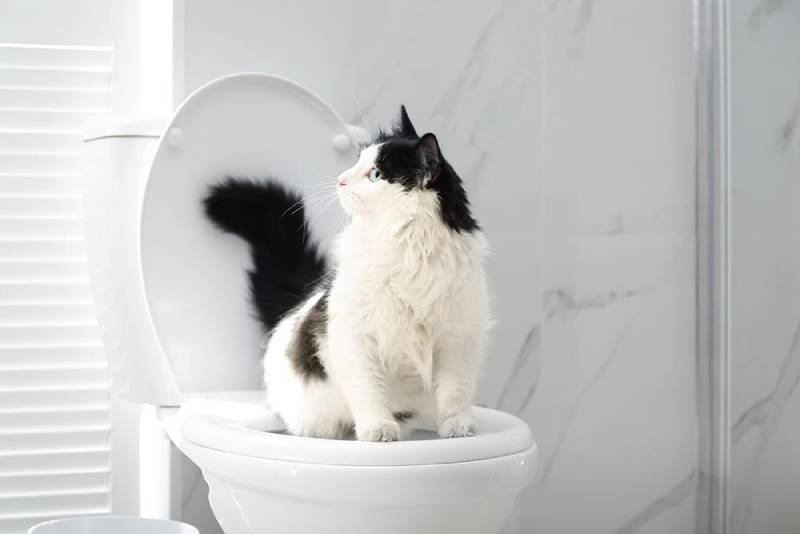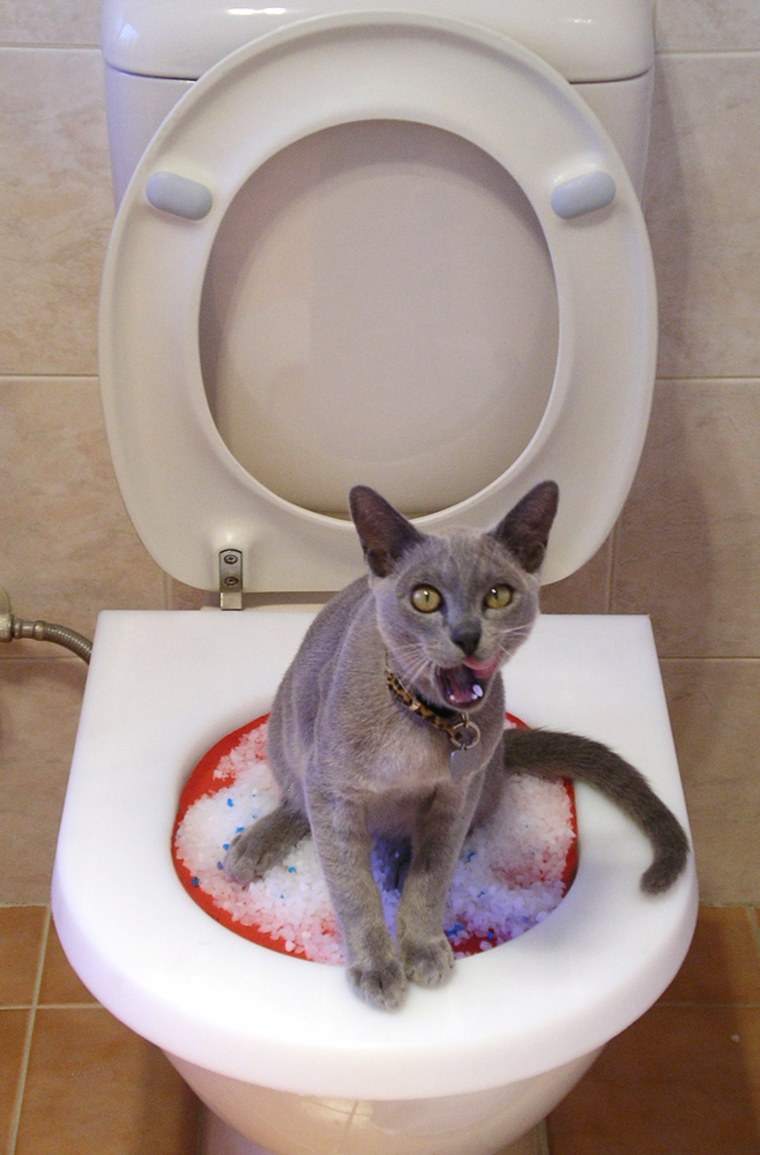We've found this post relating to Why you should never flush dog poop down the toilet listed below on the internet and figured it made perfect sense to discuss it with you on this site.

When it involves throwing away waste, especially animal waste, lots of people frequently resort to the practical alternative of flushing it down the toilet. However, this relatively very easy remedy can have major consequences for the setting and public health. In this post, we'll discover why flushing pet waste down the toilet is a bad concept and provide alternate techniques for appropriate disposal.
Introduction
Proper garbage disposal is critical for keeping ecological sustainability and public health. While it might seem safe to flush animal waste down the bathroom, it can bring about various issues, both for the environment and human health.
Threats of flushing animal waste
Environmental effect
Flushing animal waste introduces hazardous microorganisms and microorganisms into waterways, which can adversely affect marine communities. These virus can contaminate water sources and harm aquatic life, disrupting fragile ecosystems.
Public health concerns
Animal waste has unsafe germs such as E. coli and Salmonella, which can present major health threats to people. Purging pet waste down the bathroom can infect water materials, resulting in the spread of conditions and infections.
Alternatives to flushing
Rather than flushing animal waste down the toilet, there are a number of alternative disposal methods that are extra environmentally friendly and sanitary.
Composting
Composting animal waste is an environmentally friendly method to get rid of it. By composting, raw material is broken down into nutrient-rich soil, which can be utilized to feed yards and plants.
Land fill disposal
Disposing of animal waste in a land fill is one more option. While not as environmentally friendly as composting, it is a more secure choice to flushing, as it avoids the contamination of water sources.
Pet garbage disposal systems
There are specialized pet dog waste disposal systems available that safely and hygienically get rid of animal waste. These systems frequently use enzymes to break down waste and get rid of smells.
Steps to correct animal waste disposal
To make sure proper disposal of animal waste, adhere to these steps:
Scooping and landing waste
Regularly scoop and bag pet waste making use of eco-friendly bags. This protects against waste from infecting the setting.
Utilizing marked waste bins
Dispose of bagged pet waste in assigned waste containers, such as garden compost containers or garbage dump bins. Prevent flushing it down the commode in any way expenses.
Cleaning up can and pet dog locations routinely
Routinely tidy can and pet areas to prevent the build-up of waste and germs. Usage pet-safe cleansing items to keep health.
Advantages of proper disposal techniques
Taking on correct disposal approaches for pet waste provides several benefits:
Reduced environmental pollution
Proper disposal approaches lower the threat of environmental pollution, safeguarding rivers and ecological communities from contamination
Minimized danger of water contamination.
By staying clear of flushing pet waste down the commode, the danger of water contamination is substantially reduced, guarding public health.
Boosted hygiene and hygiene
Correct disposal methods promote much better sanitation and health, developing a more secure setting for both human beings and pets.
Conclusion
To conclude, flushing pet waste down the commode is damaging to the setting and public health. By taking on alternative disposal approaches and following correct waste administration techniques, we can lessen the unfavorable effect of pet waste and contribute to a cleaner, healthier earth.
What To Do With Dog Poo – The Do's And Don'ts Of Disposing Of Faeces
Dog poo bins
Some councils provide dedicated dog waste bins in popular dog-walking areas that can take dog poo that has been bagged but you can legally dispose of dog waste in any public litter bin, as long as it is securely bagged. This also applies to your wheelie bin at home.
Do not flush
Water companies do not recommend flushing dog faeces down the toilet because certain parasites can survive the water processing treatment and are potentially harmful to humans. You should also never consider flushing dog poo that has been bagged down the toilet as the bags will not break down and instead create severe blockages in the sewage system.
In the woods
The Forestry Commission promotes a ‘stick and flick’ method for dealing with waste in the woods. This means finding a stick and using it to flick any poo from off the path so that it is out of the way of other walkers. You could also bury it as long as it is not in an area where there might be livestock.
Livestock
Parasites found in dog poo can be transmitted to livestock if they inadvertently eat infected faeces that has been left on grazing land. This could result in the death of sheep or abortion in cattle so you should always make sure you pick up your dog’s waste in fields where livestock could be present.

Routinely tidy can and pet areas to prevent the build-up of waste and germs. Usage pet-safe cleansing items to keep health.
Advantages of proper disposal techniques
Taking on correct disposal approaches for pet waste provides several benefits:
Reduced environmental pollution
Proper disposal approaches lower the threat of environmental pollution, safeguarding rivers and ecological communities from contamination
Minimized danger of water contamination.
By staying clear of flushing pet waste down the commode, the danger of water contamination is substantially reduced, guarding public health.
Boosted hygiene and hygiene
Correct disposal methods promote much better sanitation and health, developing a more secure setting for both human beings and pets.
Conclusion
To conclude, flushing pet waste down the commode is damaging to the setting and public health. By taking on alternative disposal approaches and following correct waste administration techniques, we can lessen the unfavorable effect of pet waste and contribute to a cleaner, healthier earth.
What To Do With Dog Poo – The Do's And Don'ts Of Disposing Of Faeces
Dog poo bins
Some councils provide dedicated dog waste bins in popular dog-walking areas that can take dog poo that has been bagged but you can legally dispose of dog waste in any public litter bin, as long as it is securely bagged. This also applies to your wheelie bin at home.
Do not flush
Water companies do not recommend flushing dog faeces down the toilet because certain parasites can survive the water processing treatment and are potentially harmful to humans. You should also never consider flushing dog poo that has been bagged down the toilet as the bags will not break down and instead create severe blockages in the sewage system.
In the woods
The Forestry Commission promotes a ‘stick and flick’ method for dealing with waste in the woods. This means finding a stick and using it to flick any poo from off the path so that it is out of the way of other walkers. You could also bury it as long as it is not in an area where there might be livestock.
Livestock
Parasites found in dog poo can be transmitted to livestock if they inadvertently eat infected faeces that has been left on grazing land. This could result in the death of sheep or abortion in cattle so you should always make sure you pick up your dog’s waste in fields where livestock could be present.

I recently found that piece on Why you should never flush dog poop down the toilet while surfing the internet. Do you know anybody else who is occupied with the niche? Please feel free to promote it. Many thanks for going through it.
Call Today